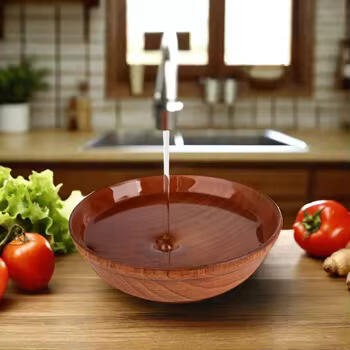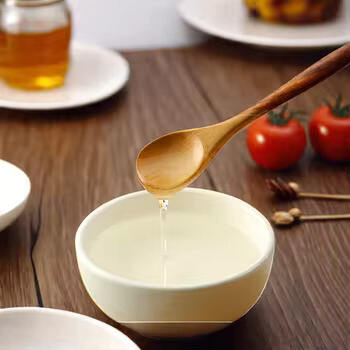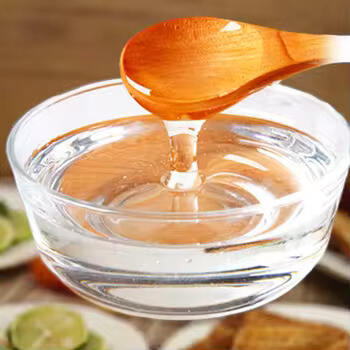Municipal Administration of He Xi Nan, Zhonghe Road, Jianye District, Nanjing City, Jiangsu Province
Municipal Administration of He Xi Nan, Zhonghe Road, Jianye District, Nanjing City, Jiangsu Province
Are you a lover of desserts and sweet treats? Often with a sweet and appetizing taste! But, have you ever wondered what it adds to your taste? The answer is sugar. Sugar is a type of sweetener that we add to some of our favorite dishes such as desserts, candies and even drinks. For instance, we hear that and corn syrup are two vast spring of sugar. Let's unpack a few of these sugars so you see what makes them unique.
Corn syrup is a sugar that is produced from corn. It is available in liquid form and very sweet. The sweetener is used as a sugar substitute in many foods and beverages, including baked goods like cookies and cakes, syrups for pancakes, even sodas. We also have high fructose corn syrup (HFCS) on the other side of the spectrum. It is a different kind of corn syrup that has been altered to include additional fructose. We get fructose — another type of sugar, but a natural one from fruit and honey as well as some vegetables. HFCS is used in many processed foods, sugar sweetened beverages because of its sweetness.

There are even fears among some that HFCS is unhealthy. They feel that it will trigger a variety of health issues, including weight gain and diabetes. But the scientific evidence is mixed on whether HFCS has a greater impact than other types of sugar in causing obesity or diabetes allowicon=true The only thing we do know is that overeating sugar from sugary foods and drinks (regardless of whether or not they have HFCS) can result in an excessive caloric intake. Hence, it can lead to obesity (weight gain) over time. This is why consuming sugary foods and beverages in moderation, which refers to moderately not too many at a time. Instead of unhealthy food, we should select good things for our body.

High-fructose corn syrup — an ingredient found in thousands of processed foods. It is inexpensive and easy to use; hence its popularity. Corn syrup has three functions: it enhances the sweetness, texture and shelf-life of foods. But not all corn syrup-containing foods are unhealthy. In some cases, corn syrup is also found in nutritious foods such as yogurt, granola bars and breakfast cereals. This is an indication that corn syrup makes its way not only into delicious treats but also healthful alternatives, prompting the need to check labels and know what we are eating.

Despite the fact that corn syrup and fructose can both be used to sweeten food, there are some key differences between these two products. There are a ton of options, but your best bets are high fructose corn syrup (it has additional sugar or it would be called just regular corn syrup and even though its higher in calories than some other types of sugar) which is actually sweeter because the extra fructose along with ソprobablyless sweetthan HFCSsugar. For the record, neither corn syrup nor HFCS will ruin your health. The key is moderation. That theorizing right there sits at the heart of sugarophobia — our fear, belief or assumption that if we eat way too much (of any type) sugar it is going to hurt us over time.